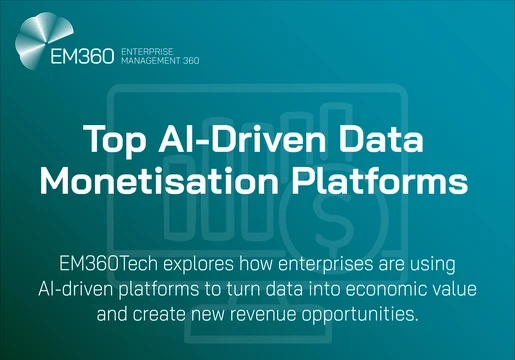In today's data-driven business world, rapid, fact-based decision-making is a competitive necessity. Yet for most organizations, it continues to be a complex task requiring technical skills to access and understand business data. This is where conversational analytics and natural language processing (NLP) are revolutionizing the way decision-makers engage with data. By allowing users to just "ask" their data questions in natural language, Business Intelligence (BI) platforms are becoming intuitive, usable, and powerful.

Understanding Conversational Analytics
Conversational analytics is the act of engaging with data systems using natural, human-like conversations. Rather than typing SQL queries, drilling through dashboards, or asking analysts for reports, users can ask questions like:
"What were our sales last quarter?"
"Which product category did the best in the European market?"
"Give me year-over-year Q2 growth."
The BI platform then translates the question, gathers appropriate data, and displays it in a format friendly to the user, like charts, graphs, or simple summaries.
This transformation is significant as it reduces the entry barrier for data-driven decision-making. Employees of all levels can explore data insights on their own.
The Role of NLP in BI
Natural language processing is central to conversational analytics. It is the AI technology that enables machines to recognize, comprehend, and respond to human language. In BI, NLP plays these different roles:
Query Understanding:
Translates user input into plain language and converts it into structured database queries.
Context Recognition:
Comprehends idioms, synonyms, and industry-specific jargon.
Sentiment Analysis:
Where qualitative data is involved (e.g., customer comments), NLP can measure positive, neutral, or negative sentiment.
Natural Language Generation (NLG):
Transforms complex data into natural-language summaries and recommendations.
As natural language processing services become more readily available, companies are now able to embed these features right into their BI environments. This allows decision-makers at all levels to work with data in the same natural way they would work with a peer.
Why Conversational Analytics is Important for Companies
1. Ease of Use by Non-Technical Users
Traditionally, it took technical skill or the services of data analysts to access complex datasets. Conversational analytics eliminates this requirement, allowing non-technical users to ask questions directly and receive immediate responses.
2. Faster Decision-Making
In business, time is crucial. The sooner decision-makers can access insights, the sooner they can react to market fluctuations, customer demand, or operational issues.
3. Better Collaboration
When information is readily accessible and easy to interpret, departments can work together more efficiently as teams.
4. Lower Training Cost
Rather than invest time in training employees in complex BI technologies or navigating dashboards, organizations are able to implement conversational interfaces that are used with natural, conversational language.
Benefits of Integrating NLP with BI Platforms
1. Democratization of Data
Making data access conversational helps organizations ensure that insights are not locked away with data specialists but can be accessed by all decision-makers.
2. Better User Engagement
A simple conversational interface encourages interaction with data more often, fostering a culture of informed decision-making.
3. Contextual and Personalized Insights
NLP systems can be trained on firm-specific data, jargon, and KPIs, providing more contextual and actionable answers.
4. Scalability Across the Organization
From C-suite professionals to front-line employees, all can engage with the same system, minimizing reporting inconsistency. Advanced analytics services and solutions enable organizations to further augment BI systems by combining conversational capabilities with predictive modeling, trend forecasting, and real-time analytics.
Best Practices for Adopting Conversational Analytics in BI
Begin with Clear Objectives
Specify the particular business issues conversational analytics will address. Whether it is minimizing reporting hours, enhancing customer service, or speeding up sales insights.
Ensure High-Quality Data
Invest in data governance and data cleansing processes to ensure the system generates trusted results.
Customize for Business Context
Tailor the NLP engine to recognize your industry terminology, KPIs, and internal abbreviations.
Train and Encourage Users
Offer brief training to help users understand how to interact with the system effectively.
Monitor and Optimize
Continuously refine NLP models based on user feedback and query logs to improve accuracy over time.
Conclusion
Conversational analytics, driven by NLP, is revolutionizing the world of Business Intelligence. Allowing users to ask questions in natural language closes the gap between complex data systems and common decision-makers. Companies that implement this technology can look forward to quicker insights, improved collaboration, and a healthier culture of data-driven decision-making. As technology continues to evolve, conversational BI will be a necessary component of each visionary organization's analytics plan.







Comments ( 0 )